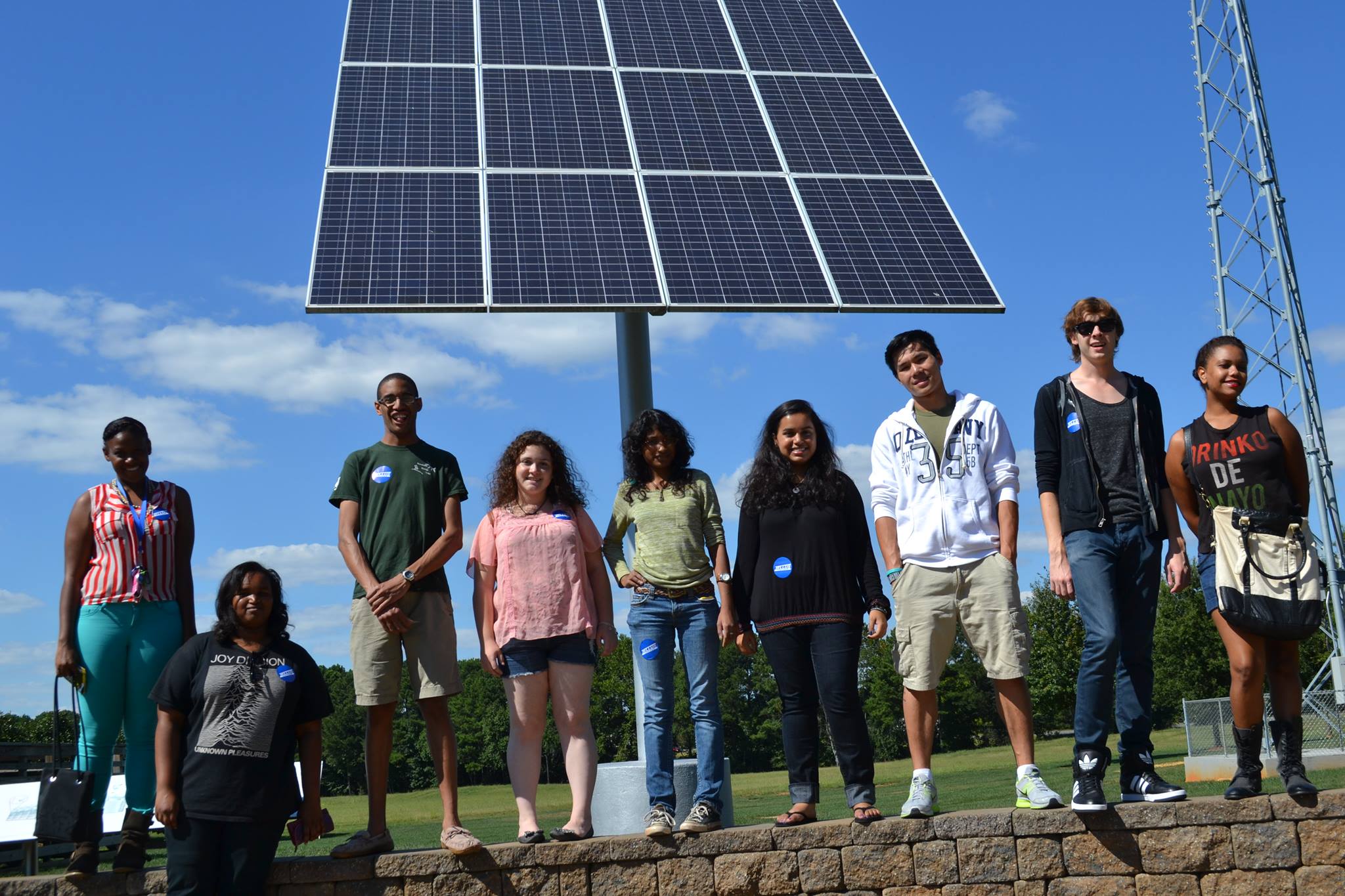
Atlanta mayor Kasim Reed reaffirmed once again Atlanta’s commitment to green development, responding to the Trump administration’s Oct. 10 decision to repeal the Obama-era Clean Power Plan.
The Clean Power Plan was a program proposed in 2014 by the Environmental Protection Agency. The plan aimed to reduce carbon dioxide emissions from electric energy production by 32 percent by 2030, from 2005 emissions levels.
The mayor mentioned two main actions the city has taken towards a more sustainable Atlanta with the Better Buildings Challenge and recently passed city legislation proposing goals for city-wide clean energy.
The new legislation introduced by city Councilman Kwanza Hall and passed last May commits to meeting all municipal building energy needs with renewable sources by 2025 and city-wide electric energy needs by 2035.
This would make Atlanta “the first city in Georgia and the biggest southern city to commit to 100 percent clean, renewable energy,” according to the Sierra Club.
Michael Paul Black, a neuroscience professor at Georgia State and the Faculty Associate for the Office of Sustainability, is optimistic about the city’s contributions, but has his doubts.
“Clean power initiatives alone will not fully combat climate change, but they are an effective first step,” Black said. “I’d like [the city’s timeline] to be sooner, but you need to set the goal at a point where it’s achievable, and then try to do better than the goal.”
The Better Buildings Challenge presents its own solutions to the threats of carbon emissions. The program, introduced by the U.S. Department of Energy in 2011, aims to improve energy efficiency across the country. Atlanta was one of seven of the inaugural cities to join the program.
When property developers in Atlanta opt-in to the program, they commit to reduce energy and water use in new and existing buildings by 20 percent by 2020. Christina Cruz-Benton, the press information officer for the Mayor’s Office of Communications, says Atlanta incentivizes participation by helping property developers who opt into the program with “access to data management and analysis support provided by the Southface Energy Institute… the City’s technical partner on the ABBC initiative.”
Despite the initial cost of investing in energy efficient building projects, Black argued net costs to the state decrease when you consider the growth sustainable development brings.
For example, most jobs in the clean energy economy cannot be outsourced.
“Adding insulation, changing lights, and adding solar panels can only be done by someone local. By lowering airborne pollutants, we increase public health and decrease emergency room visits due to asthma,” Black said. “Clean energy uses less water than other forms of energy, so the city conserves state water resources through energy conservation and cleaner forms of energy production like wind and solar. There are many co-benefits to transitioning to a clean economy.”
There are also ways Georgia State has been saving energy in their dining halls. Black mentioned the impact of plant-based, locally-sourced food production, such as what has begun to be offered. In July 2016, the school began growing lettuce for use in its dining halls in a small hydroponic farm in a recycled freight container.
Panther Dining has received more attention recently, with Patton and Piedmont North both receiving three out of four stars from the Green Restaurant Association, making it the highest rated university dining hall in Georgia, in terms of sustainability.
“By locally producing foods, we decrease the travel time and the fuel/energy spent to deliver those foods,” Black says. “The lettuce that comes from our Freight Farms hydroponic unit by Piedmont North is much more energy-efficient than lettuce trucked across the country from California to our plates.”
